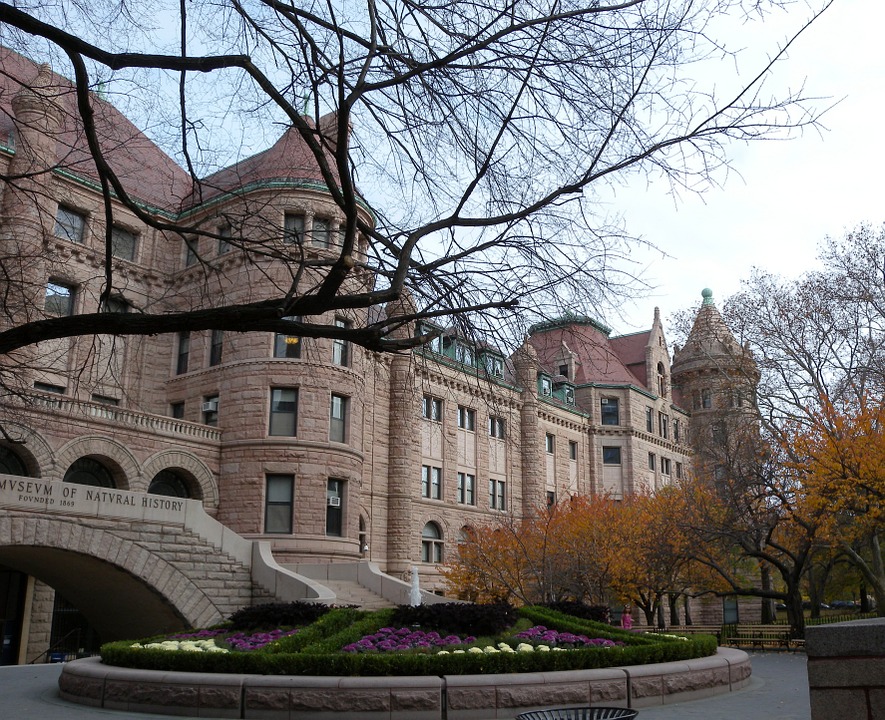The National Museum of Natural History is the most visited museum of its kind in the world.

It was created in 1846 and was first housed in the Smithsonian Castle. The rapid growth of the collection forced the museum to move twice: in 1881 to the building now occupied by the Smithsonian Museum of Arts and Industry, and in 1910 to the current National Mall complex.
The huge boise-ar building, topped with a green dome (designed by architects Daniel Burham and Charles McKim) houses more than 126 million exhibits – plants, stuffed animals, mineral specimens, meteorites, and cultural artifacts. The exhibition halls are grouped by theme: geology and gemstones, the origin of man, dinosaurs, mammals, insects, the ocean, butterflies… Many exhibits are unique and have an amazing history.
The star of this collection of precious stones is one of the most famous diamonds in the world, a huge gray-blue diamond called Hope. It was first mentioned in the 17th century, when the French merchant Jean-Baptiste Tavernier got it from the Indian kingdom of Golconda. French kings, British aristocrats, and the Ottoman sultan took turns owning the stone. Legend has it that the diamond brings misfortune to its owner. The last owner, the American jeweler Harry Winston, did not believe in this curse. In 1958, he donated the diamond to the Smithsonian Institution by sending it by mail in an ordinary parcel insured for $145. The parcel was not lost, hope graced the collection.

The Dinosaur Hall, much to the dismay of local children, is closed for renovation until 2019. The most famous of the 570,000 reptiles collected here is the Tyrannosaurus skeleton, discovered by Montana farmer Katie Wankel. The museum leased the antiquity for 50 years from the owner, the U.S. Army Corps of Engineers, and pompously delivered it to Washington. On the sides of the FedEx Postal Service trailer carrying the skeleton across the country was written: FedT-Rex (“Federal Tyrannosaurus”).
In the mammal hall, the work of taxidermists – stuffed animals in dynamic poses, presented like works of art – is striking. Right at the entrance, in the central rotunda, tourists are greeted by an absolutely realistic “running” elephant. The Hall of Human Origins features 75 skulls showing the evolutionary process of the human species over six million years. In the Ocean Hall, it is impossible not to notice the 14-meter Atlantic whale and two giant squids. One of the most popular galleries is devoted to live butterflies: beautiful creatures of all kinds of colors sit right on the visitors, they can be viewed and photographed.
The scale of the museum is staggering. The department of insects – 30 million items, carefully arranged in small boxes. Four and a half million plants are concentrated in herbaria. The museum exposition spans geological eras: from fossil plant pollen to the DNA of modern whales.